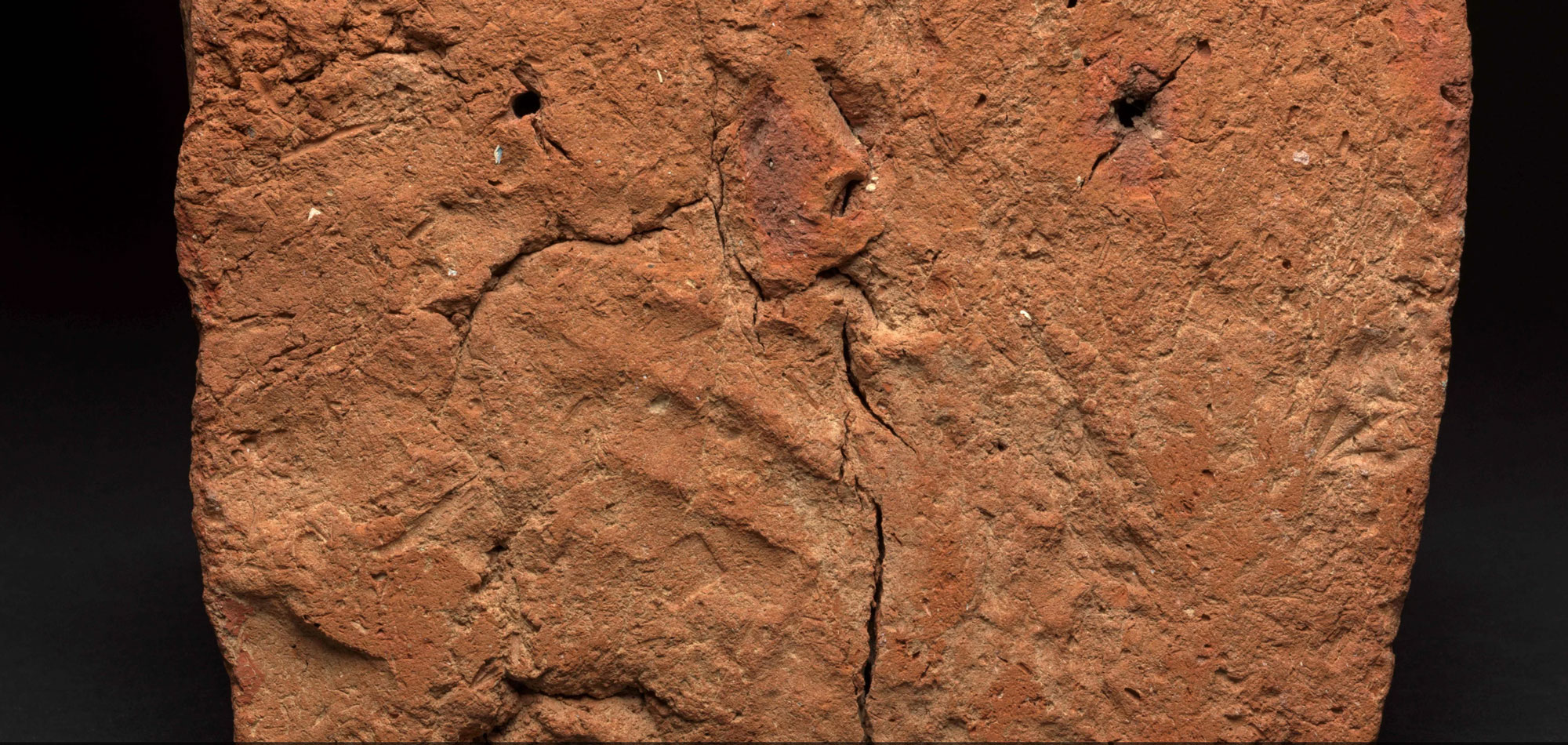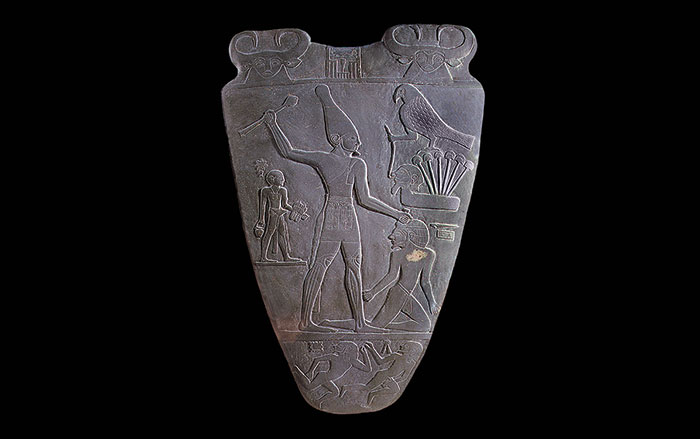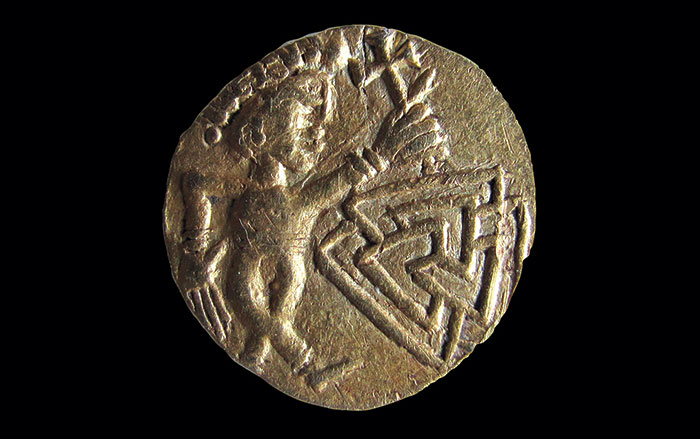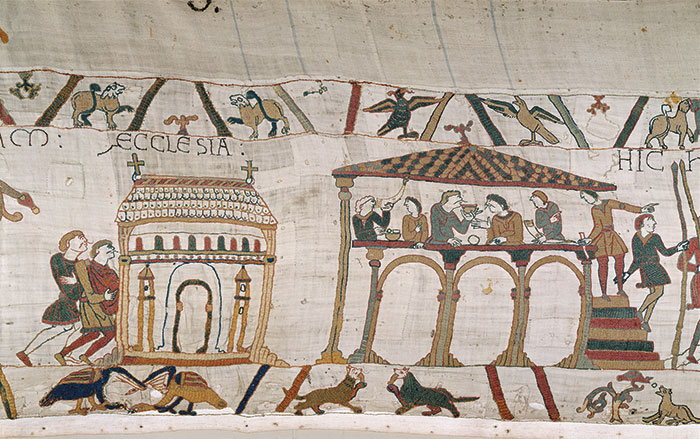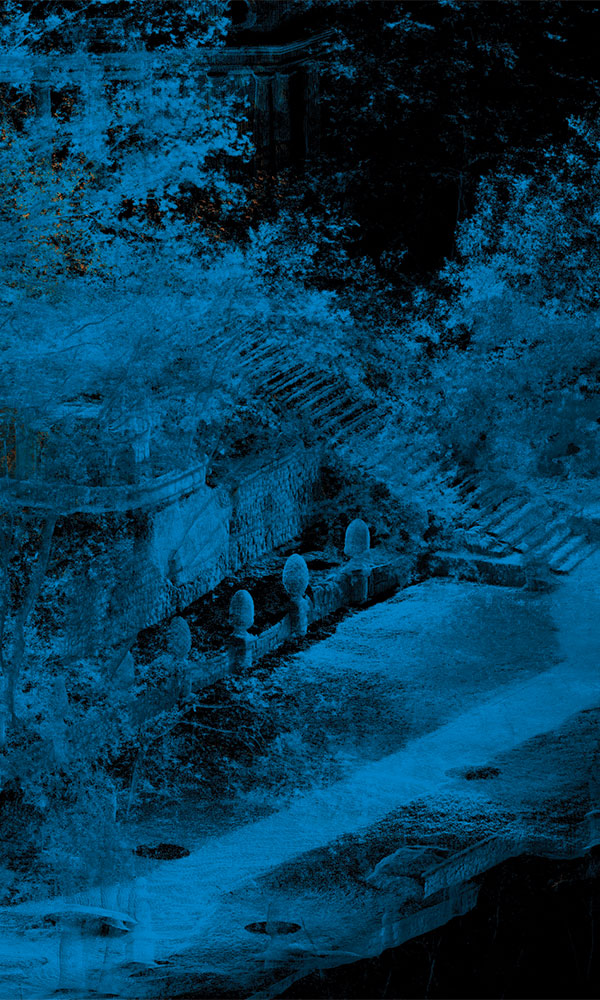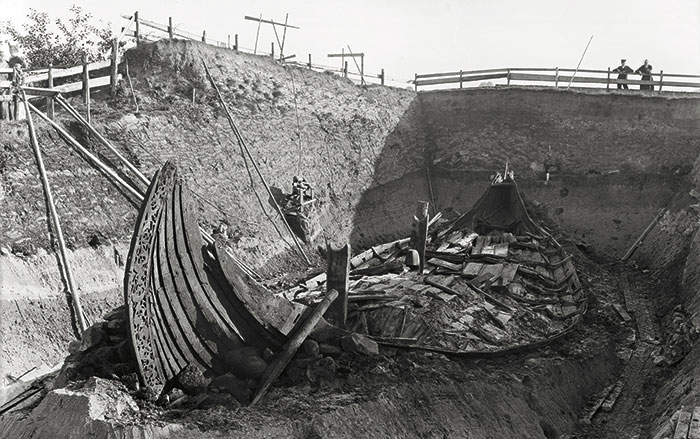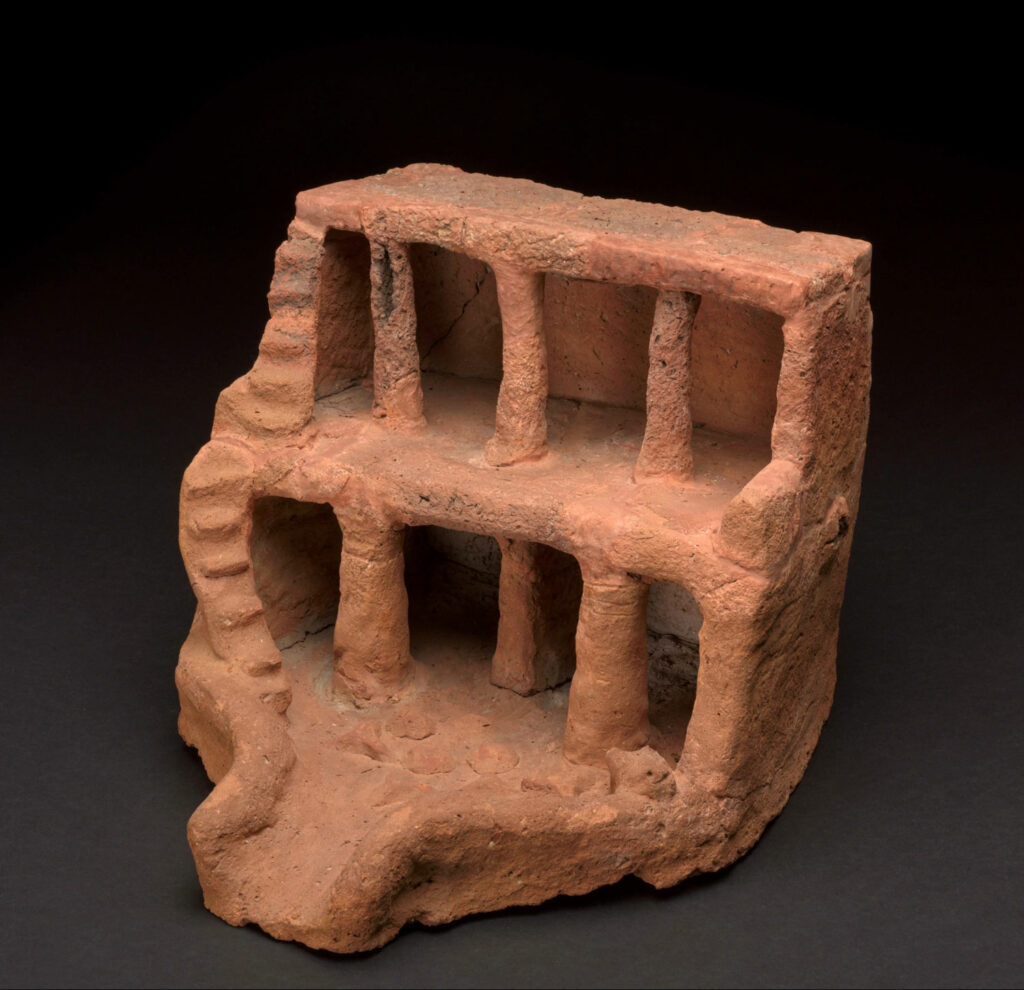
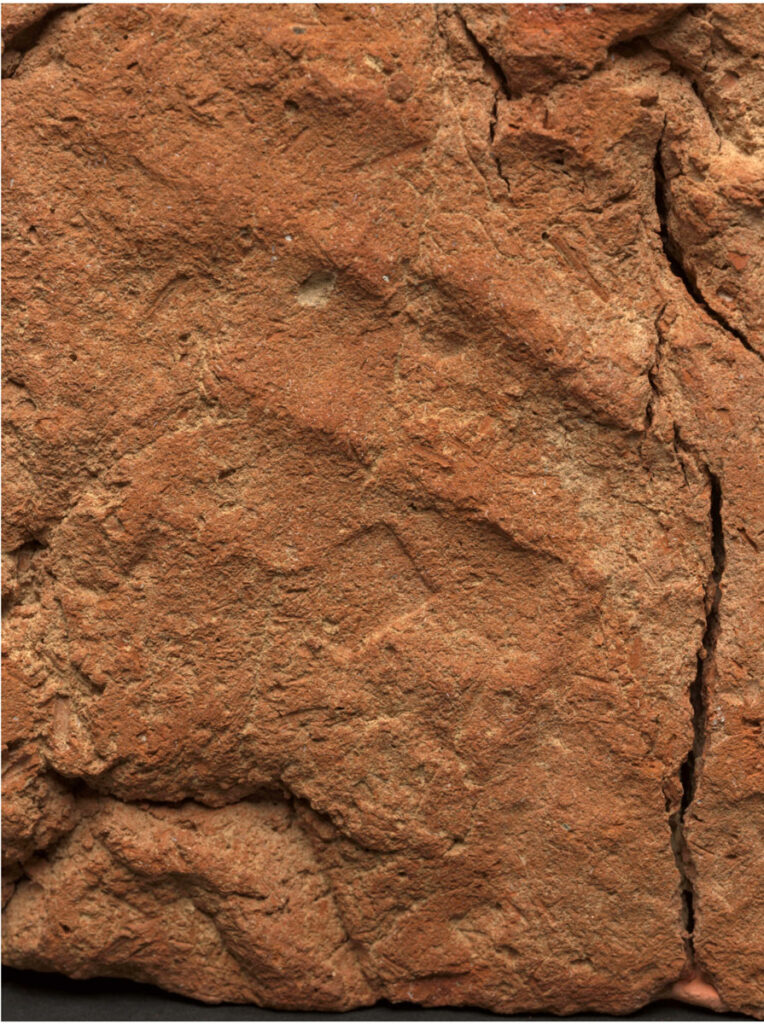
CAMBRIDGE, ENGLAND—When Egyptologists from the Fitzwilliam Museum examined the bottom of an ancient Egyptian “soul house,” they noticed a rare imprint of a human hand, according to a statement released by the University of Cambridge. Soul houses were miniature clay buildings often found in Egyptian tombs that were symbolic places where the spirit of the dead dwelled. They usually contained small courtyards where food offerings were left for the deceased. The museum’s example, which dates to between 2055 and 1650 b.c., recently underwent new analysis prior to its planned inclusion in an upcoming exhibition. The Egyptian potter who made the object first created a framework of wooden sticks, and then coated it with clay to build the miniature two-story structure. When someone, perhaps the artist, picked up the model to put it outside the workshop to dry before it was fired in a kiln, they left a perfectly shaped handprint on its underside, which surprised the researchers. “I have never seen such a complete handprint on an Egyptian object before,” said Fitzwilliam Museum curator Helen Strudwick. “This takes you directly to the moment when the object was made, and to the person who made it.” To read about features on small house models that were placed in Egyptian tombs, go to "When It Rains It Pours."


